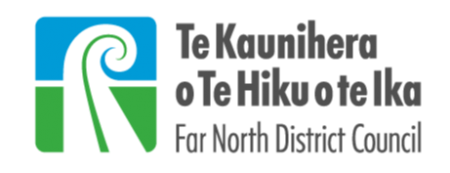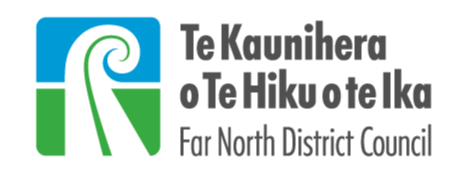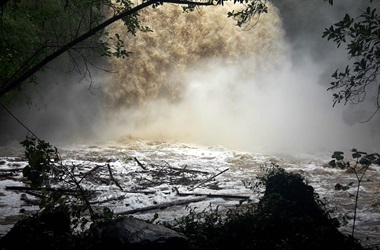Stormwater
Our stormwater network
Stormwater is rainwater that flows across roofs, roads and driveways into the Council’s stormwater system of drains and culverts.
The Council provides a public piped rainwater collection system (reticulated stormwater network) in urban areas throughout the district to minimise flooding and ensure that the health, welfare and safety - of both the environment and its people - are protected.
The public stormwater system collects stormwater runoff from roads and developed areas, including driveways and properties. It is collected by the kerb and channel, open manholes, catch pits and open drains. The untreated water is released directly into our rivers, streams or sea through a network of pipes and open drains to an outfall.
Private stormwater system
A private stormwater system collects water runoff from a private property and directs it to the public piped system or an onsite disposal. Any stormwater collected outside the roadside carriage way edge (the white lines on the road) is a private issue. Landowners are responsible for maintaining these systems. Stormwater runoff is reduced where roof water is collected for drinking water and other uses. All private subdivisions require a stormwater system and probably some form of attenuation before it enters the public system. Examples of attenuation are a pond or water tank with an orifice-controlled outlet.


